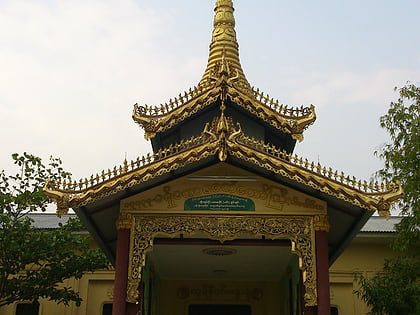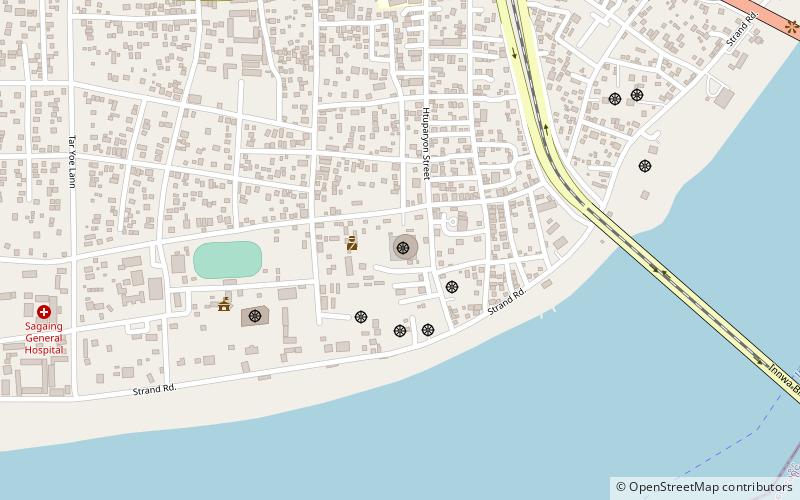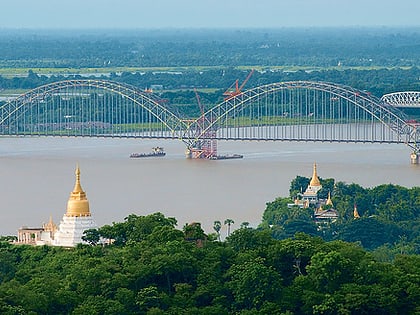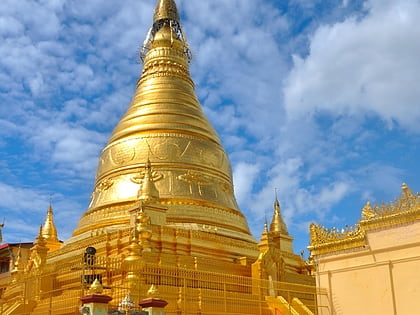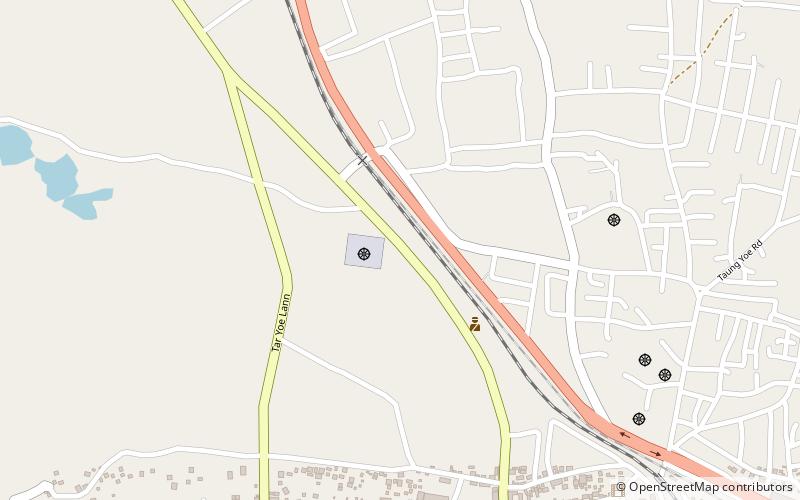Kaunghmudaw Pagoda, Mandalay
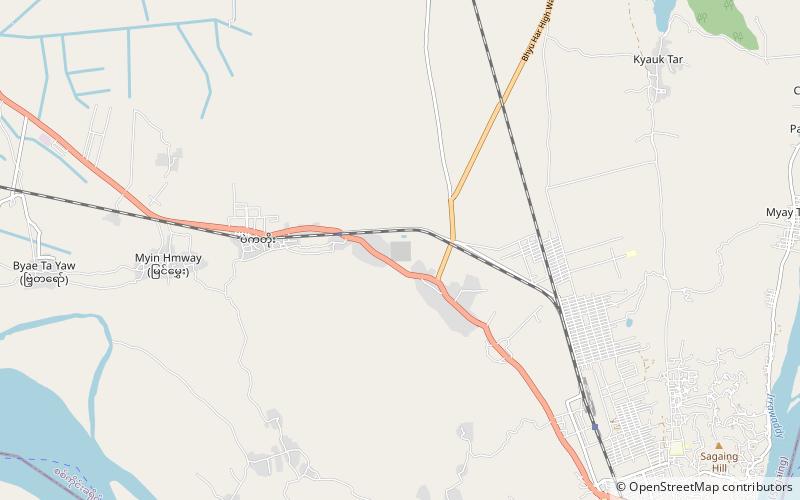

Facts and practical information
The Kaunghmudaw Pagoda stands as a remarkable testament to the architectural and spiritual heritage of Mandalay, Myanmar. This striking dome-shaped stupa, also known as the Rajamuni Pagoda, dominates the skyline with its golden silhouette and is revered as a major pilgrimage site for Buddhists from around the world. Erected in the early 17th century during the reign of King Thalun, the pagoda was built to commemorate the re-establishment of Inwa as the royal capital.
The design of the Kaunghmudaw Pagoda is unique in Myanmar, inspired by the Mahaceti Pagoda in Ceylon (now Sri Lanka). The structure's distinctive egg-shaped dome rises to a height of 46 meters and is surrounded by 812 stone pillars, each featuring inscriptions that are invaluable to the study of Burmese history and Buddhism. The base of the pagoda is circled by a series of terraces leading to the top, which is capped with a bejeweled hti (umbrella or crown), symbolizing the pinnacle of the Buddhist path to enlightenment.
Visitors to the Kaunghmudaw Pagoda are greeted by a tranquil atmosphere ideal for meditation and reflection. The inner sanctum houses a revered Buddha image, and the walls are adorned with intricate carvings and murals depicting scenes from the Jataka tales, stories of the Buddha's past lives. The pagoda is also known for its annual festival, which occurs during the Burmese month of Thadingyut, drawing throngs of devotees who partake in religious ceremonies and cultural festivities.
Mandalay
Kaunghmudaw Pagoda – popular in the area (distance from the attraction)
Nearby attractions include: Umin Thonze Pagoda, Kyauksein Pagoda, Irrawaddy Bridge, Ma Shi Khana Pagoda.




